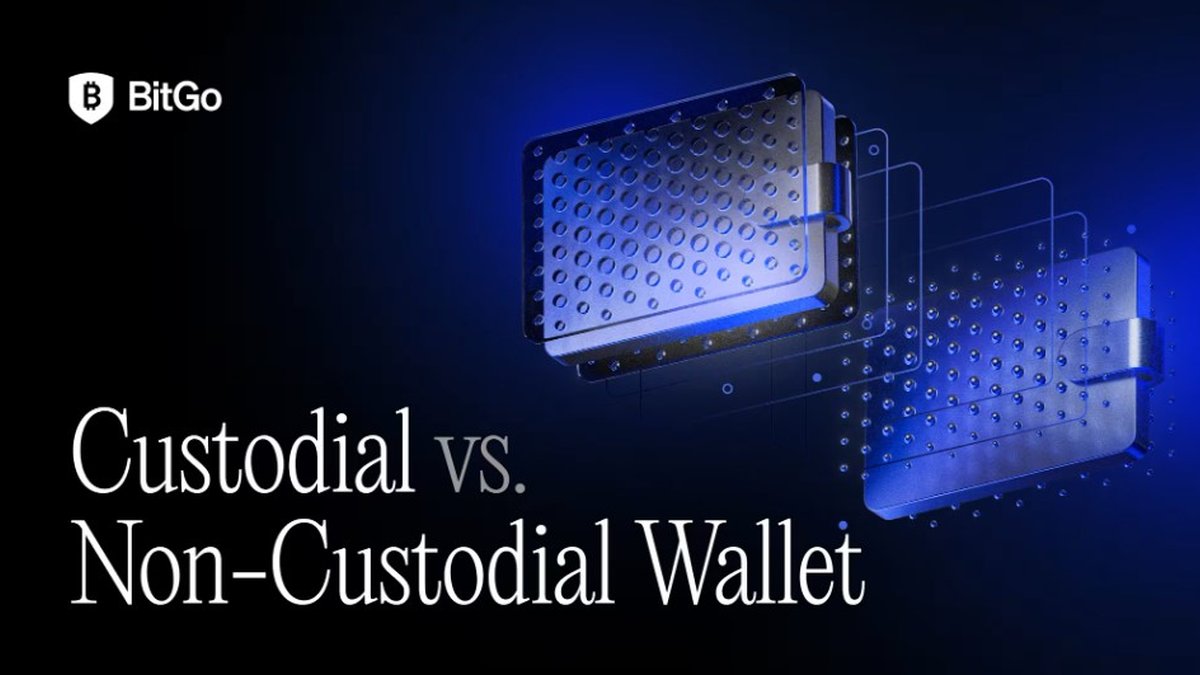Crypto insurance comes in two broad flavors: custodial insurance that protects assets held by a third-party custodian (exchanges, custodial wallets, institutional custody providers), and non-custodial insurance that protects users who keep custody of their keys (cover via protocols or mutuals). Both types have tradeoffs in coverage scope, trust model, claims mechanics and cost. This article expands the comparison with concrete examples, claim scenarios, typical exclusions and a checklist to pick the right approach.
1. Custodial insurance — what it covers and how it works
Definition: Policies bought or maintained by a custodial platform that cover assets the platform holds on behalf of customers. The platform arranges coverage with an insurer and typically advertises protection for hot wallets, cold-wallet theft, internal fraud or operational failure.
Typical coverage elements
- Hot wallet theft due to external hack.
- Cold wallet private key compromise if due to provider negligence.
- Employee theft or insider fraud at the custodian.
- Sometimes legal liabilities from operational failures.
Concrete example
Exchange A Hack (custodial claim): Exchange A suffers a hot-wallet breach and $150M is stolen. Exchange A’s insurer accepts the claim after forensic proof shows the breach resulted from a zero-day exploited in the exchange’s infrastructure and after Exchange A demonstrates it followed the vendor’s key-management and multi-sig policies. The insurer pays a portion of verified customer losses subject to policy limits and retention.
Strengths and weaknesses
- Strength: Straightforward for users — coverage applies automatically to assets held by the custodian (subject to terms).
- Weakness: Users are exposed to the custodian’s solvency and to policy sublimits/exclusions; uninsured losses happen if the custodian failed to follow required controls.
2. Non-custodial insurance — how it differs
Definition: Policies or cover arranged for self-custodied users via decentralized mutuals, parametric smart-contract policies, or specialist insurers that underwrite risks for on-chain activity (e.g., smart-contract exploit, protocol failure, or specific DeFi events).
Typical coverage elements
- Smart-contract exploits for specific protocols (if the exploit matches policy wording).
- Failure of bridges or oracle manipulation (if explicitly covered).
- Social engineering coverage in some products, though often limited.
Concrete example
Nexus Mutual / InsurAce Cover (non-custodial claim): A user deposited funds into a new DeFi lending pool. The pool’s contract is exploited and funds drained. The user files a claim with the protocol mutual. The mutual’s governance/underwriters review the incident, validate the exploit, and — subject to the policy wording, cover limits and waiting period — a payout is approved and distributed to covered members according to the policy terms.
Strengths and weaknesses
- Strength: Keeps custody with the user; good fit for direct on-chain risk (protocol exploits) and for users who reject custodial trust models.
- Weakness: Policies are often narrower, have stricter proof and governance processes, subject to on-chain governance delays, and may have capacity limits. Some mutuals have limited capital to pay large systemic events.
3. Key differences in practice
| Dimension | Custodial | Non-Custodial |
|---|---|---|
| Who holds keys | Custodian | User (self-custody) |
| Claim trigger | Custodian breach or operational failure | Smart-contract exploit or defined on-chain event |
| Proof & claims process | Insurer works with custodian; usually off-chain forensic investigation | On-chain evidence + governance review; sometimes slower |
| Dependence | Relies on custodian’s controls and solvency | Relies on mutual capital, governance and specific policy wording |
4. Real-world use cases — when to choose which
- Retail trader (active): Keep trading balances on a reputable exchange with custodial insurance for hot wallets, but limit balances and maintain cold reserves for core holdings.
- Self-custody DeFi user: Use non-custodial cover for specific protocol interactions (e.g., buy a policy before depositing into a new protocol). Combine with small hot wallet allocations and cold storage for long-term holdings.
- Institution / fund: Prefer institutional custodians with comprehensive custodial insurance, proof-of-reserves and audited controls for the majority of capital; use non-custodial cover selectively for specialized on-chain strategies or as secondary protection.
- Protocol operator / DAO: Maintain treasury custody policies (multisig + timelocks) and buy protocol cover for smart-contract risk; consider layered cover (custodial insurance for fiat/hosted services and non-custodial policies for protocol operations).
5. Common exclusions and traps to watch
- Negligence exclusions: Many custodial policies require the provider to follow specified controls. If the custodian failed to do so, claims may be denied.
- Social engineering exclusions: Some policies exclude losses arising from fraud where the user shared credentials or seed phrases.
- Capacity limits & sublimits: Large, systemic breaches may exceed policy limits, leaving residual loss.
- Latency / governance delays: Non-custodial mutuals may take time to adjudicate, which can be problematic for quick remediation.
6. How to evaluate a policy — practical checklist
- Read definitions: what exactly triggers a valid claim (hack, mismanagement, exploit, fork-related loss)?
- Check limits and sublimits: maximum payout, per-incident cap and aggregate cap.
- Understand exclusions: social engineering, negligence, sanction events, or design flaws may be excluded.
- Examine proof requirements: what evidence is required and who conducts the investigation?
- Check solvency and reputation of insurer or mutual; for mutuals, review capital, claims history and governance process.
- Consider retention (deductible) and premium: calculate cost vs the value of covered assets and your risk appetite.
7. Combining both approaches — layered protection
Most sophisticated users apply layering: custodial insurance for funds hosted by providers, non-custodial insurance for on-chain activity, and private measures (multisig, hardware wallets, audits) as first-line defenses. Example: an institutional fund keeps 80% of assets in an insured custodian, 15% in a multisig cold vault, and 5% active in DeFi with per-position non-custodial cover.
8. Claims readiness — what insurers expect
- Detailed transaction logs and chain evidence (TXIDs, timestamps).
- Operational documentation (key management SOPs, access logs, audit reports).
- Forensic artefacts: server logs, signed messages, and internal investigation reports.
- Coordination with the insurer and timely notification; delayed reporting can void coverage.
9. Conclusion — choosing between custodial and non-custodial insurance
Custodial insurance simplifies protection for assets held with a third party and is well suited to users who trade frequently on centralized venues or institutions that require vendor custody. Non-custodial insurance fits users who keep their own keys and need targeted cover for on-chain risks like smart-contract exploits. Neither model is a silver bullet: custodial cover depends on the provider’s controls and solvency, while non-custodial cover depends on narrow policy wording, mutual capital and governance. The practical recommendation is a layered approach: use custodial insurance for hosted balances, add non-custodial coverage for high-risk on-chain activity, and always maintain strong operational security (multisig, hardware wallets, audits) and documented claims readiness.
Further reading & resources
- Nexus Mutual, InsurAce — examples of non-custodial cover providers
- Major custodial insurers and institutional custody providers (review their whitepapers and proof-of-reserves)
- Guides on multisig, hardware wallet best practices and incident response







